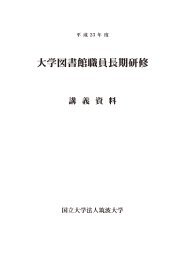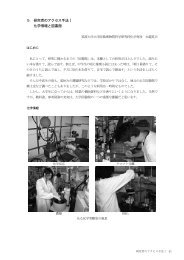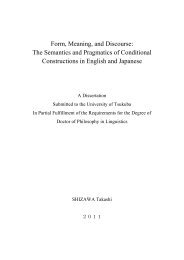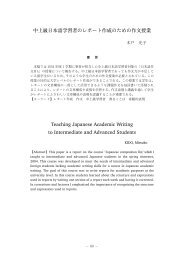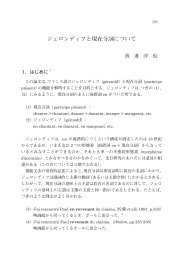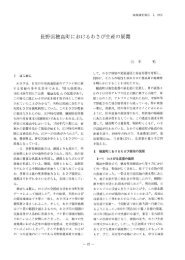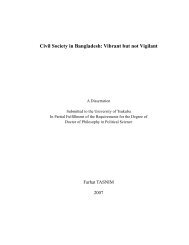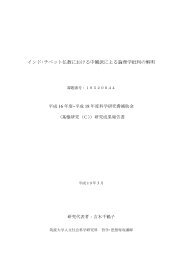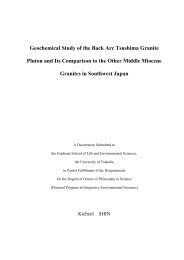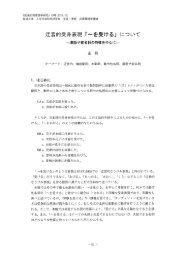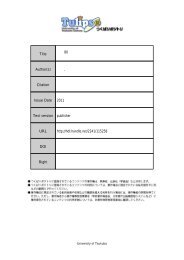Gamma Rays and CarbonIon-Beams Irradiation for Mutation ...
Gamma Rays and CarbonIon-Beams Irradiation for Mutation ...
Gamma Rays and CarbonIon-Beams Irradiation for Mutation ...
Create successful ePaper yourself
Turn your PDF publications into a flip-book with our unique Google optimized e-Paper software.
4. 3. 2. 3. Juglone toxin response<br />
The analysis of variance reported not significant differences<br />
between cultivars. Fig. 44-C <strong>and</strong> Fig. 45-C are showing the LDNA-%<br />
frequency distribution by class limits of “Cavendish Enano’ <strong>and</strong> ‘Williams’,<br />
respectively. Lowest II-% values in ‘Cavendish Enano’ varied from 38.0 to<br />
44.9 days <strong>and</strong> 33.0 to 39.9 days in ‘Williams’ simply observed between<br />
dotted vertical lines. Additionally, LDNA-% values from non-irradiated<br />
plants did not show values as lower as 44.0 % in ‘Cavendish Enano’ <strong>and</strong><br />
38% in ‘Williams’. Fig. 46 shows high (A) <strong>and</strong> low-affected (B) leaf discs<br />
by juglone. Buiatti <strong>and</strong> Ingram (1991) mentioned that leaf discs technique<br />
have been mainly used <strong>for</strong> early screening of segregation population within<br />
classical breeding program, or to direct in vitro selection of tolerant cells.<br />
Leaf-disc bioassays have been reported effective to evaluate resistance in<br />
several crops. Ostry et al. (1988) working with Septoria musiva, a disease<br />
of Populus spp, described that this method was sufficiently sensitive to<br />
distinguish among clones with high, moderate or low resistance, however it<br />
should only serve as a preliminary screening technique be<strong>for</strong>e field test.<br />
Sackston <strong>and</strong> Vimard (1988) used the leaf-discs immersion technique to<br />
study a host-pathogen interaction to distinguish resistant or susceptible<br />
sunflower lines to Plasmopara halstedii.<br />
Other techniques such as micro-cross sections of banana<br />
plantlets also have been used to select plants in vitro culture levels. Since<br />
Okole <strong>and</strong> Shulz (1996) obtained high regenerable callus <strong>and</strong> plantlets from<br />
micro-cross section of banana <strong>and</strong> plantain, they applied this method to<br />
select M. fijiensis-resistance cell lines. Okole <strong>and</strong> Shulz (1997) studied a<br />
double selection system; at first, micro-cross section was per<strong>for</strong>med to<br />
access the growth into a crude fungal filtrate <strong>and</strong> then the regenerated shoot<br />
bud was subjected to the purified fungal toxin 2,4,8-trihydroxytetralone.<br />
89



